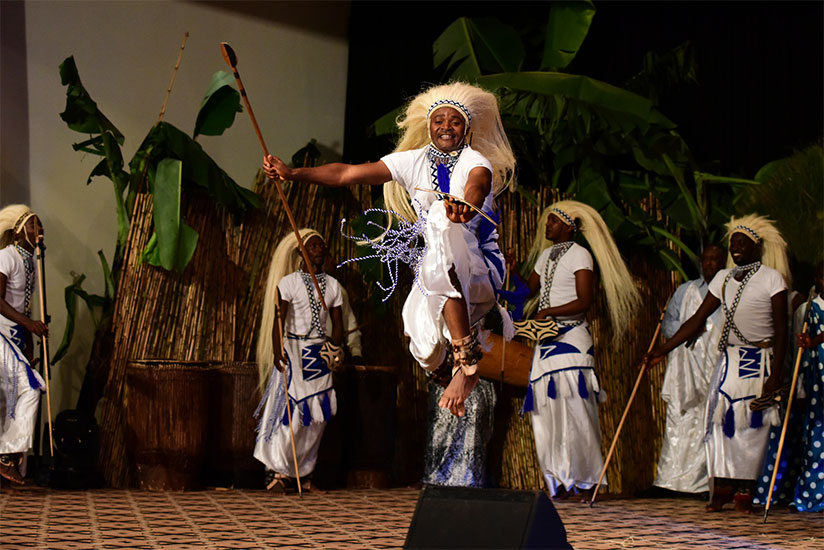Butare Museum is the National Museum of Rwanda and several academic (University) and research institutions do visit the National Museum which is one of the well set – up if not the finest ethnographic museum of East Africa. It’s a good source of information on the cultural history of Rwanda and the region. The modern building has different sections and displays a wide collection of monochrome pictures, traditional artifacts and objects, tools and different craft products.
Traditional ceramics and baskets (handicrafts) are manufactured and can be bought as souvenirs. After the visit of the museum you will have a spectacular performance of the national ballet 01 hour with the Intore dancers. The performance is regarded by many as one of the highlights of your safari. Rwanda has one of the finest traditional handicrafts of Africa. The ceramics, woodcarvings and basketry are found in Butare and your guide will indicate where to buy them.
The “Intore Dance“, once the elite of the traditional Rwanda army, were not only trained as military but also in high jump and dance. They were known for their remarkable technique allowing them to jump over 2m40. The Intore became worldwide famous as dancers in 1958 when the World Expo was held in Brussels. Today Intore dancers are part of the rich Rwanda folklore.
The warriors dance is a jewel of the choreographic heritage of Rwanda. Dressed with a mane made of sisal fibre, tied up on ankles, little bells jingle on each step, giving the warriors dance a thrilling rhythm. Throughout the Intore ballet, physical confrontation turns into artistic rivalry and then at “the end” comes out into a vigorous hug of the warriors. This is the most artistic gesture of friendship, mutual aid and protection. The National Museum in Butare was donated in 1989 by the Belgium government and gave back a part of the ethnographic collection acquired during the colonial period.
The design and concept of the museum was realized in co-operation with the Royal Museum for Central Africa of Tervuren, Belgium. The modern building has different sections and displays a wide collection of monochrome pictures, traditional artefacts and objects, tools and different craft products. Ethnographic objects are grouped together according to theme giving excellent information on the daily life. Traditional ceramics and basketry are still manufactured and belong to the finest handicrafts of the region. The National Museum remained surprisingly untouched during the civil war in 1994.


